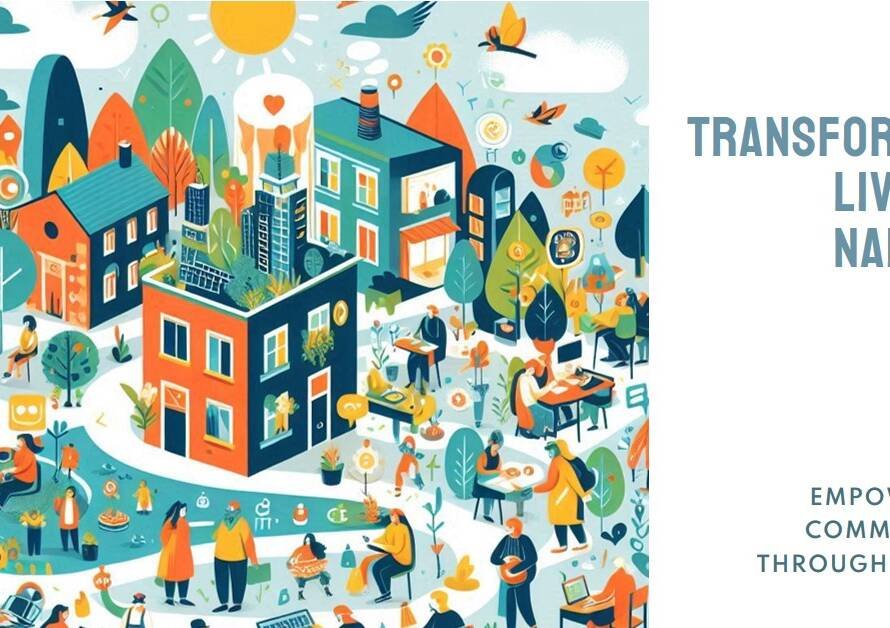
Table of Contents
- Introduction to Visual Effects Production:
- The Role of 3D Modeling in VFX:
- Techniques of 3D Modeling:
- Texturing and Shading: Bringing Models to Life
- Rigging: Preparing Models for Animation
- Animation: Breathing Life into Characters
- Rendering: Converting 3D Models into Images
- Compositing: Integrating VFX into Live-Action Footage
- The Future of VFX Production:
- Conclusion
Introduction to Visual Effects Production:
Visual effects production is an intricate process that combines artistic talent with cutting-edge technology. It involves creating imagery outside the context of a live-action shot, often integrating computer-generated imagery (CGI) with real-world footage. This combination results in seamless, believable scenes that transport audiences to fantastical worlds.
The production pipeline for VFX is extensive and involves several stages, including pre-production planning, 3D modeling, texturing, rigging, animation, rendering, and compositing. Each step requires specialized skills and software, making collaboration among artists, technicians, and directors crucial for success.
The Role of 3D Modeling in VFX:
3D modeling is a fundamental aspect of VFX production. It involves creating a three-dimensional representation of any object, character, or environment. This digital sculpture serves as the foundation for further texturing, rigging, and animation.
Artists use software like Autodesk Maya, Blender, and ZBrush to create detailed models. These tools offer various techniques, such as polygonal modeling, sculpting, and procedural modeling. Polygonal modeling is widely used due to its flexibility and efficiency in creating detailed and complex shapes.
Techniques of 3D Modeling:
Polygonal modeling is one of the most prevalent techniques. It involves constructing models using polygons, which are flat shapes defined by vertices, edges, and faces. This method allows for precise control over the geometry and topology of the model, making it ideal for creating detailed and high-resolution assets.
Another technique is digital sculpting, which mimics traditional clay sculpting. Artists can push, pull, and manipulate a virtual mesh to create intricate details. ZBrush is a popular tool for this technique, providing an intuitive interface and powerful features for adding fine textures and details.
Texturing and Shading: Bringing Models to Life
Once the 3D model is complete, texturing and shading add the necessary details to make it realistic. Texturing involves applying 2D images, known as textures, onto the 3D model’s surface. These textures can represent various materials, such as skin, fabric, metal, or wood.
Shading defines how the model interacts with light. Artists use shaders to simulate the effects of light on different surfaces, determining how it reflects, refracts, or absorbs. The combination of texturing and shading is crucial for achieving photorealistic results.
Rigging: Preparing Models for Animation
Rigging is the process of creating a skeleton for the 3D model, allowing it to move. This skeleton, or rig, consists of interconnected bones and joints. Rigging enables animators to manipulate the model’s pose and movements, making it essential for character animation.
A well-designed rig provides animators with intuitive controls and flexibility. It includes features like inverse kinematics (IK) and forward kinematics (FK), which facilitate realistic and dynamic movements. Rigging requires a deep understanding of anatomy and biomechanics to ensure natural and believable animations.
Animation: Breathing Life into Characters
Animation is the art of bringing models to life by creating the illusion of movement. Animators use rigs to pose characters and create keyframes, which are specific points in the timeline that define the start and end of a particular movement. The software then interpolates the in-between frames, creating smooth transitions.
There are various animation techniques, including keyframe animation, motion capture, and procedural animation. Keyframe animation allows animators to manually create poses and movements, providing complete control over the performance. Motion capture records the movements of real actors and transfers them to the digital model, ensuring realistic and natural motion.


Rendering: Converting 3D Models into Images
Rendering is the process of converting 3D models into 2D images or frames. It involves calculating the interactions of light and materials to produce photorealistic images. Rendering engines like Arnold, V-Ray, and RenderMan are widely used in the industry for their ability to produce high-quality results.
The rendering process can be time-consuming and computationally intensive. It requires powerful hardware and optimized software to handle complex scenes with numerous lights, textures, and effects. Artists often use techniques like ray tracing and global illumination to achieve realistic lighting and shadows.
Compositing: Integrating VFX into Live-Action Footage
Compositing is the final step in the VFX production pipeline. It involves combining rendered images and footage into a single cohesive scene. Compositors use software like Nuke and After Effects to blend CGI elements with live-action shots, ensuring seamless integration.
Key techniques in compositing include chroma keying, rotoscoping, and match-moving. Chroma keying removes a specific color (usually green or blue) from the footage, allowing the background to be replaced with CGI. Rotoscoping involves manually tracing around objects to separate them from the background. Match-moving tracks the movement of the camera in live-action footage and replicates it in the CGI scene.
The Future of VFX Production:
The future of VFX production looks promising with advancements in technology and techniques. Real-time rendering, powered by game engines like Unreal Engine, is revolutionizing the industry by providing instant feedback and reducing production times. Virtual production, which combines real-time rendering with physical sets, is also gaining popularity for its ability to create immersive and interactive environments.
Artificial intelligence (AI) and machine learning are making their way into VFX, automating repetitive tasks and enhancing creativity. AI-driven tools can generate realistic textures, simulate physics-based effects, and even assist in animation and compositing. As technology continues to evolve, the possibilities for VFX production are limitless.
Conclusion
Visual effects production is a fascinating and complex field that blends art and technology to create stunning visuals. From 3D modeling to compositing, each stage in the pipeline requires skill, creativity, and collaboration. As the industry continues to evolve, we can expect even more groundbreaking advancements that will push the boundaries of what is possible in visual storytelling. By mastering the art of VFX production, artists can bring their wildest imaginations to life, captivating audiences around the world.


